Brain-inspired computers operating at the speed of light
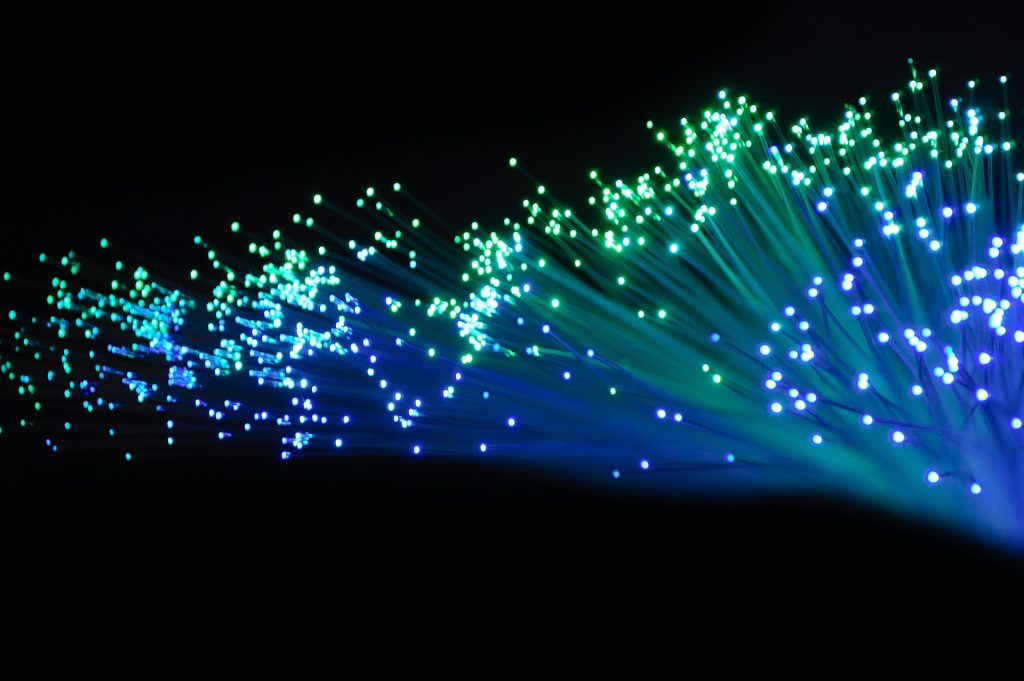
A car, a home, and a wristwatch, all of them seem to be “smart” today. This intelligence runs on computing, which lately made the headlines for being scarce to obtain.
Oscillators and Alzheimer’s
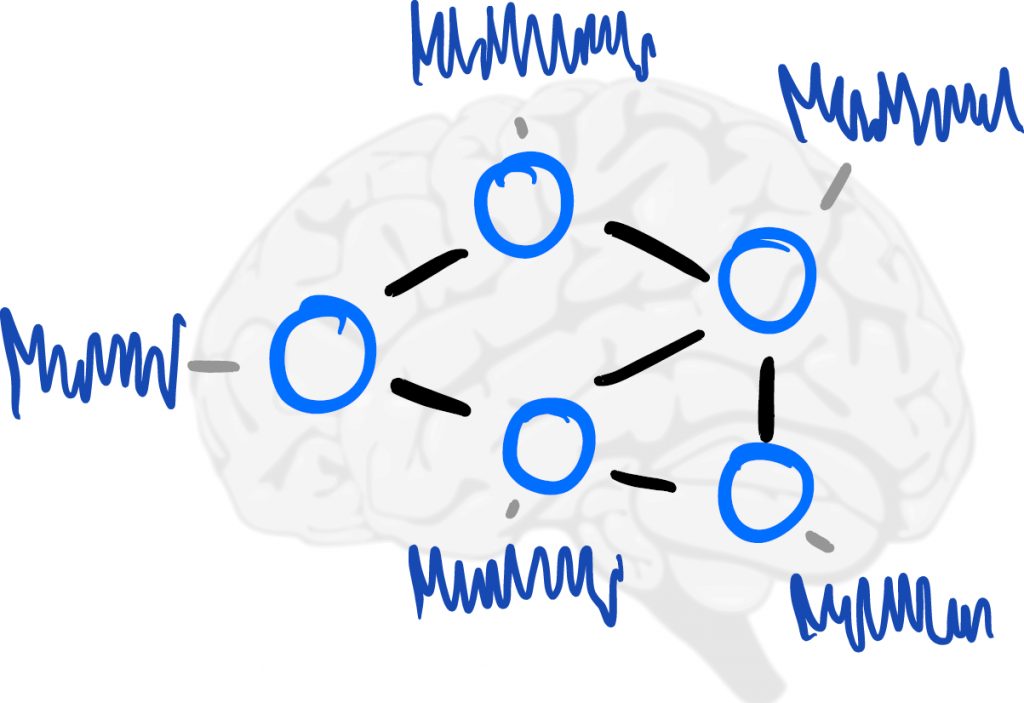
After having a near-fatal accident falling off his horse, Prussian footman Hans Berger (1873—1941) was surprised to learn that his sister had—being kilometers away—him a telegram to let him know that she sensed he was in grave danger.
The seed bank, a hidden storage of genetic diversity
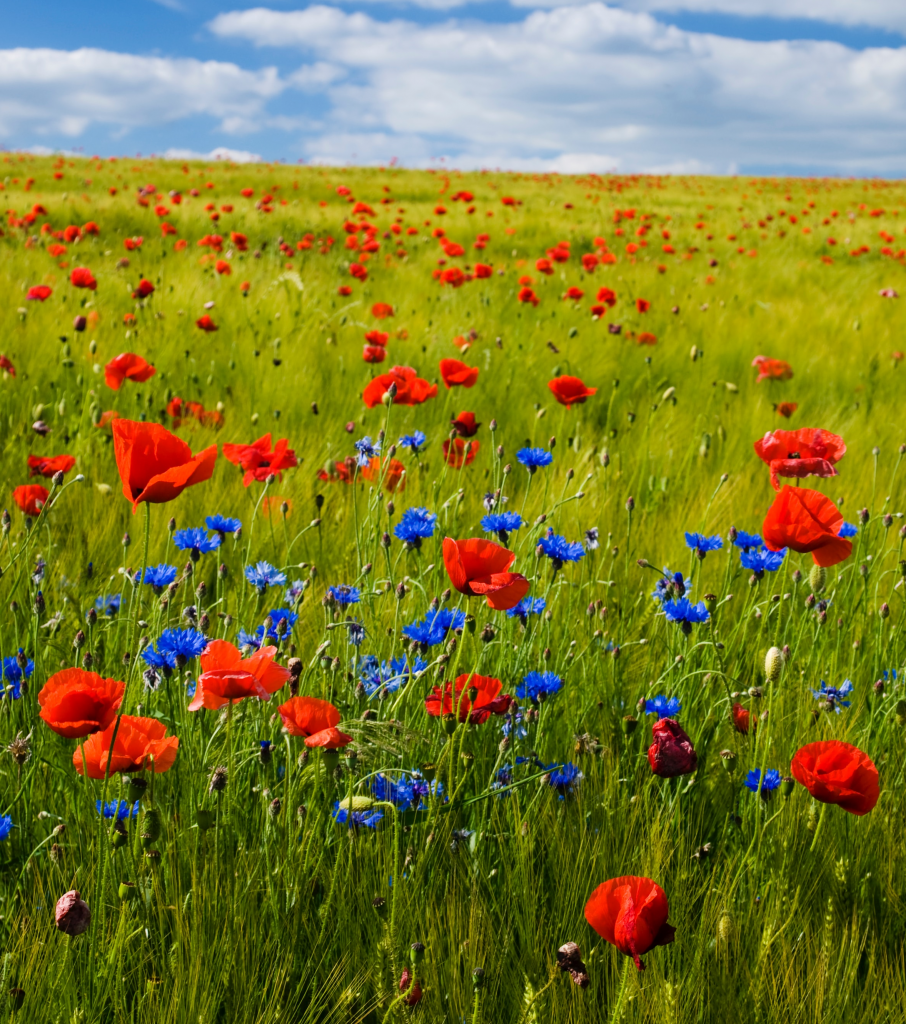
On 18 November, Margriet Oomen obtained her PhD cum laude from the University of Leiden. Margriet did mathematical research into the influence of the seed bank on the genetic diversity of a population. In the press release of Leiden University, written by Dorine Schenk, we read: "Each year, poppies disperse seeds that grow into a new generation of […]
Not all jet-lags are the same
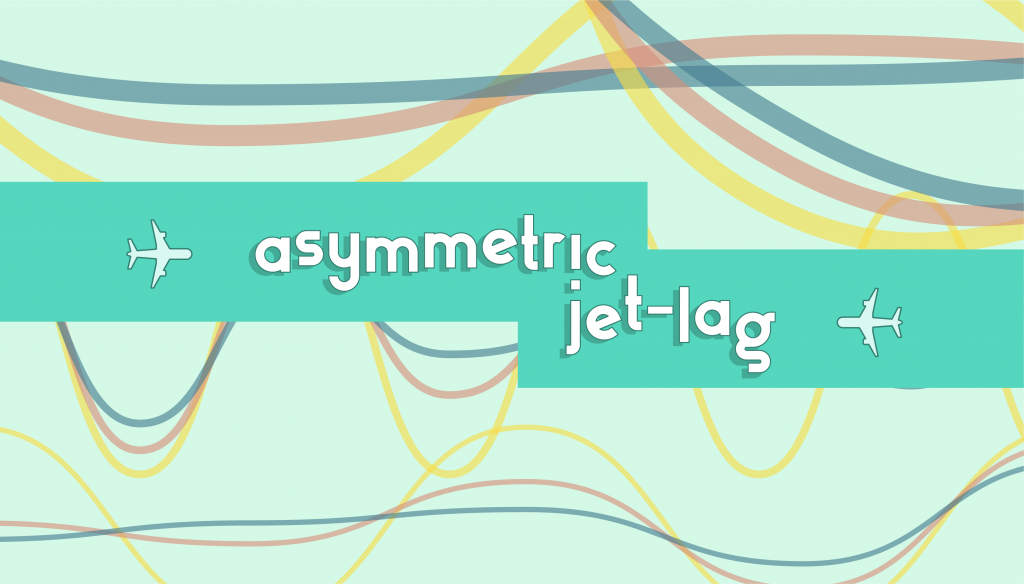
The part of the brain that controls the sleeping cycle is made up of two groups of neurons. In order for you to be able to sleep at night, the activity of these neurons needs to be synchronized with the cycle of the sun (e.g. active during the day and inactive at night). When you abruptly change the cycle of the sun (by flying to New York) these two groups need to re-synchronize to the new sun-cycle.
A multi-objective fight against prostate cancer
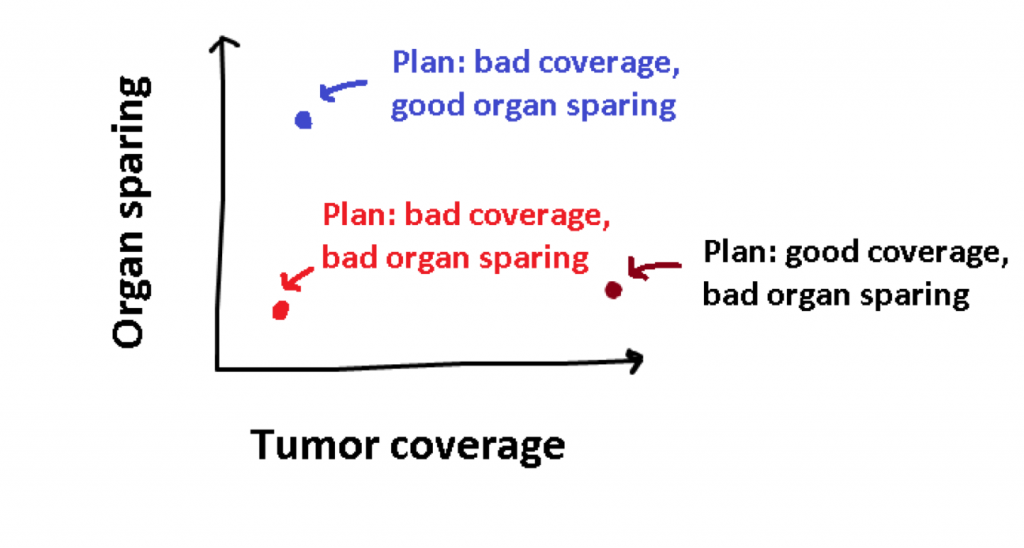
Evolutionary algorithms help physicians in the Amsterdam UMC to make treatment plans for prostate cancer patients. A commonly applied treatment against cancer is radiation therapy. In radiation therapy, or radiotherapy, ionizing radiation dose is delivered to the cancer cells. One form of radiotherapy that is applied in the treatment of prostate cancer is brachytherapy.
The two-community Kuramoto model - Mathematical approach
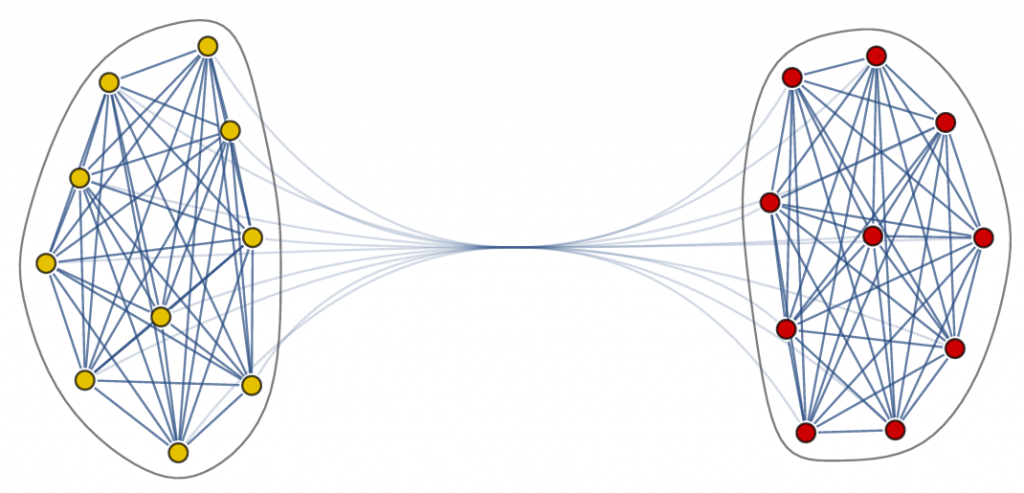
We can represent the interactions between the neurons in the body-clock as a network. In our case the network has two communities, where each community has many edges between the nodes, while there are only few edges between the nodes in different communities.
Synchronization in the body-clock
The body-clock, which is a cluster of neurons in the brain, has the same structure in all mammals, which is remarkable. It consists of two groups: two-communities of neurons that are strongly linked within each community and less strongly linked between the communities.
The seed bank, a hidden storage of genetic diversity

In 2012 a team of Russian scientists managed to germinate a 30.000 year old seed of an indigenous Siberian flower, called the Silene stenophylla. The seed blossomed into a plant, whose flowers produced fertile seeds.
Filming a fruit fly’s neurons firing
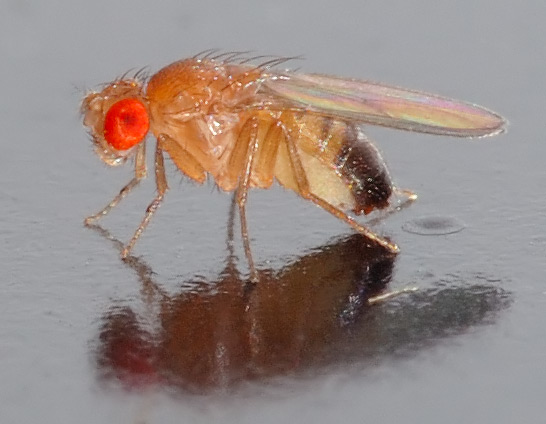
You probably didn’t hear about it, but a little while ago, an amazing advance happened in neuroscience: In 2015, for the first time, scientists were able to make a real-time video of the neural activity of a living creature (a fruit fly larva).
